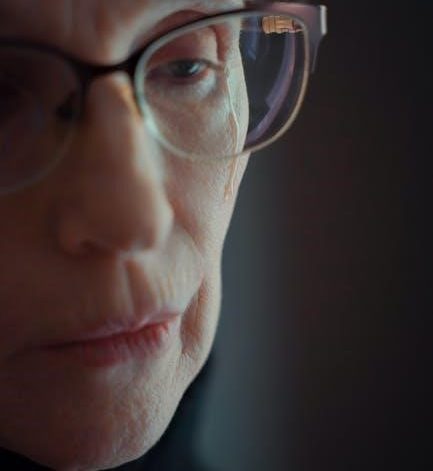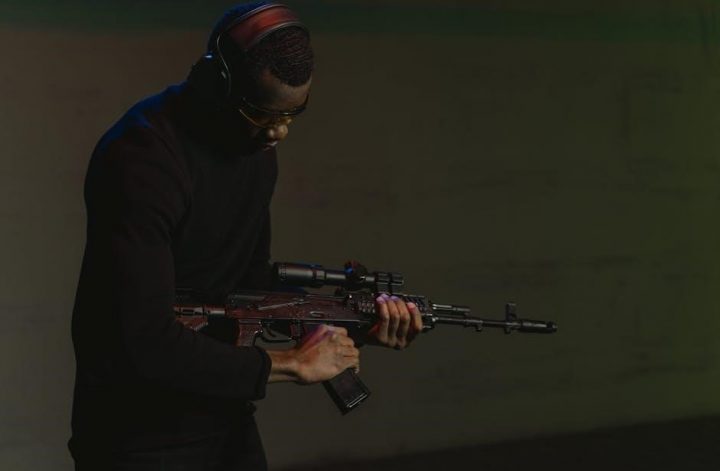Understanding SLAP Tears and Their Rehabilitation
A SLAP tear involves the superior labrum of the shoulder, often causing pain and instability; Rehabilitation focuses on restoring strength, mobility, and function through targeted exercises and therapy.
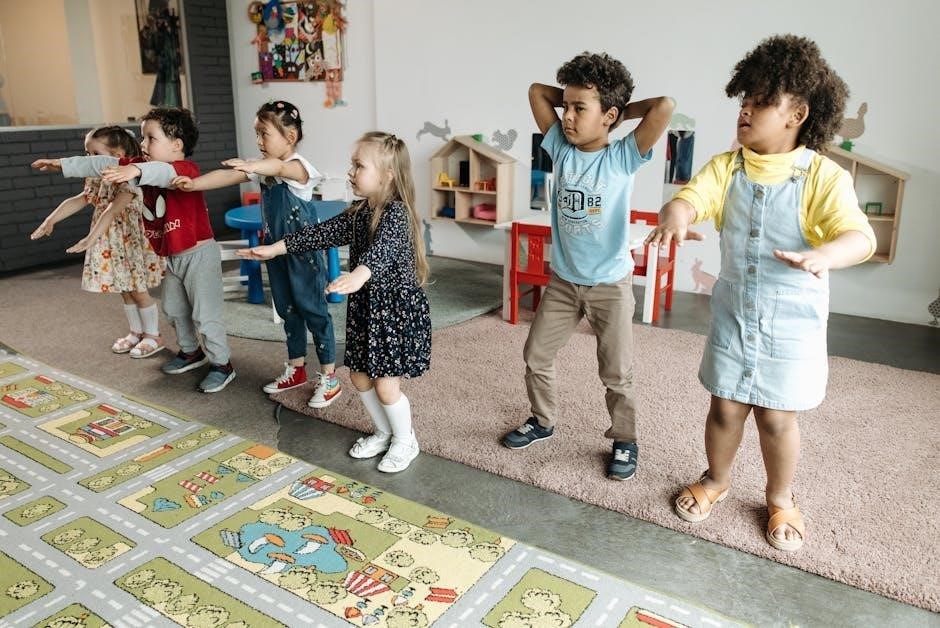
What is a SLAP Tear?
A SLAP tear is an injury to the superior labrum, the cartilage ring surrounding the shoulder socket. It is named for its location: Superior Labrum Anterior to Posterior. This injury occurs when the labrum detaches from the glenoid bone, often causing pain and instability. SLAP tears are classified into four types: Type I (fraying), Type II (detached but intact biceps anchor), Type III (bucket-handle tear), and Type IV (biceps tendon involvement). These tears can result from acute trauma, like falls or direct blows, or repetitive overhead activities, such as throwing. Understanding the type of SLAP tear is critical for determining the appropriate treatment and rehabilitation plan.
Types of SLAP Tears and Their Implications
SLAP tears are classified into four types based on the extent and location of the labral damage. Type I involves degenerative fraying of the labrum without detachment, often manageable with conservative treatment. Type II, the most common, involves the labrum detaching from the glenoid but maintaining the biceps anchor, typically requiring surgical intervention. Type III is a bucket-handle tear, where the labrum separates but remains attached to the biceps tendon, often necessitating arthroscopic removal of the torn fragment. Type IV extends into the biceps tendon, requiring repair or tenodesis. The classification guides treatment decisions, with Types II and IV usually requiring surgery, while Types I and III may be managed conservatively or with arthroscopic debridement. Accurate diagnosis is crucial for effective rehabilitation planning.
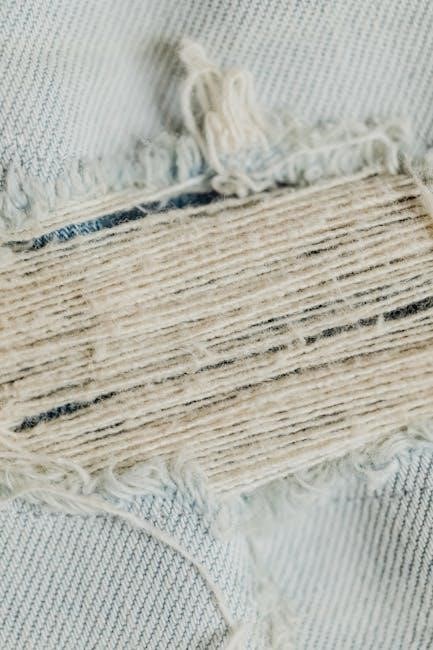
Non-Operative Management of SLAP Tears
Non-operative management focuses on pain relief, physical therapy, and activity modification. It often includes NSAIDs, rotator cuff strengthening, and scapular stabilization exercises to restore function and mobility.
Conservative Treatment Approaches
Conservative treatment for SLAP tears focuses on reducing pain and improving shoulder function without surgery. This approach often includes NSAIDs to manage pain and inflammation, followed by physical therapy. Physical therapy emphasizes rotator cuff strengthening, scapular stabilization, and passive range of motion exercises to restore mobility; Activity modification is crucial, avoiding overhead movements or heavy lifting. Patients may perform pendulum exercises, wall slides, and gentle stretching to maintain flexibility. Progression to resistive exercises, such as light resistance bands, is introduced as pain allows. The goal is to enhance strength, stability, and functional movement while minimizing strain on the labrum. Compliance with a tailored rehab program is essential for optimal recovery and return to daily activities.
Role of Physical Therapy in Non-Surgical Recovery
Physical therapy plays a pivotal role in non-surgical recovery from SLAP tears by addressing pain, improving range of motion, and restoring strength. Tailored programs often begin with passive range of motion exercises, such as pendulum swings, to maintain flexibility without stressing the labrum. Progression to active exercises, like shoulder rotations and scapular stabilization, helps restore mobility and strength. Strengthening the rotator cuff and scapular muscles is critical to enhance shoulder stability and function. Therapists may incorporate modalities like ice or electrical stimulation to reduce pain and inflammation. A structured, criterion-based approach ensures gradual progression, minimizing the risk of re-injury. The ultimate goal is to restore the patient’s functional abilities and return to daily or athletic activities safely and effectively.
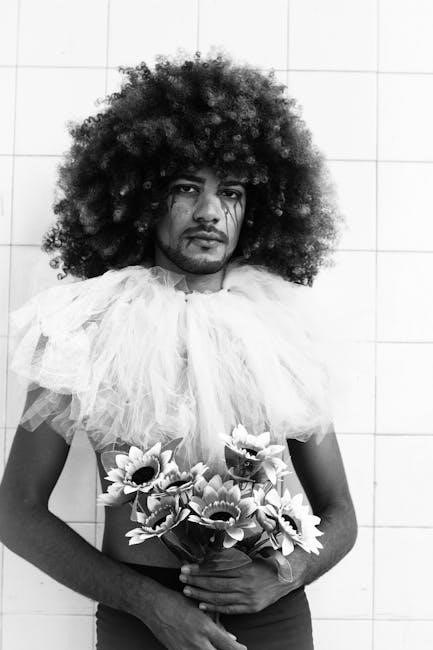
Surgical Repair of SLAP Tears
Surgical repair is often required for severe SLAP tears, especially when conservative treatments fail. The procedure involves reattaching the labrum to the glenoid, restoring stability and function.
Indications for Surgery
Surgery is typically recommended for patients with severe SLAP tears, particularly those involving detachment of the labrum and biceps anchor. Indications include persistent pain, instability, and limited function despite conservative treatment. Athletes or individuals with high physical demands often require surgical intervention to restore shoulder stability. Types II, III, and IV SLAP tears commonly necessitate surgery, as they involve significant structural compromise. Patients with concomitant injuries, such as rotator cuff tears, also benefit from surgical repair. The goal is to reattach the labrum, ensuring proper healing and returning to pre-injury activity levels. Surgery is tailored to the tear type and patient needs, focusing on restoring anatomy and function.

Post-Operative Rehabilitation Goals
Post-operative rehabilitation for SLAP tears aims to protect the repair, manage pain, and gradually restore shoulder function. Immediate goals include minimizing stress on the labrum and ensuring proper healing. Patients are advised to avoid overhead activities, heavy lifting, and repetitive motions. Pain management and inflammation control are prioritized to facilitate early movement. As healing progresses, the focus shifts to restoring passive and active range of motion, followed by strengthening exercises for the rotator cuff and scapular stabilizers; The ultimate goal is to achieve full strength, stability, and functional recovery, enabling patients to return to their pre-injury activities safely and effectively.

Phase-Based Rehabilitation Protocol
The rehabilitation is divided into phases, with Weeks 1-3 focusing on protection, Weeks 4-8 on mobility and strengthening, and later phases on advanced function and return to activity.
Phase 1: Immediate Post-Surgery (Weeks 1-3)
This phase focuses on protecting the repair and minimizing pain. Patients wear a brace or sling for 3 weeks to immobilize the shoulder. Gentle exercises, such as shoulder shrugs, elbow bends, and wrist rotations, are introduced to maintain mobility. Passive range-of-motion exercises, like pendulum swings, are performed to avoid stiffness. Isometric exercises for the shoulder muscles are started to prevent atrophy. Pain management is prioritized, and patients avoid active lifting or overhead movements. The goal is to promote healing while maintaining basic joint mobility. Supervised physical therapy begins, emphasizing gentle movements and avoiding any stress on the biceps/labral complex.
Phase 2: Strengthening and Mobility (Weeks 4-8)
During this phase, the focus shifts to strengthening the shoulder muscles and improving mobility. Patients progress from passive to active exercises, with light resistance introduced for rotator cuff and scapular muscles. Exercises include shoulder rotations with light weights, scapular wall slides, and banded external rotations. Passive range-of-motion exercises continue to ensure joint mobility; Resistance is gradually increased to build strength while avoiding stress on the repair. The goal is to restore normal movement and establish a strong foundation for more advanced exercises in later phases. Supervised physical therapy remains crucial to guide proper form and progression.
Phase 3: Advanced Strengthening and Function (Weeks 9-12)
Phase 3 emphasizes advanced strengthening and functional activities, building on the foundation established in earlier phases. Patients engage in dynamic exercises such as plyometric drills and functional movements like overhead reaching and light throwing. Resistance levels are increased, and exercises like weighted shoulder rotations and resistance band work are intensified. Scapular and core strengthening continue to enhance overall shoulder stability. The focus shifts toward simulating daily activities and sports-specific movements, preparing the patient for a return to normal function. Progression is gradual, ensuring the shoulder can handle increased demands without risking re-injury. Supervised therapy tailors exercises to individual goals, promoting a seamless transition to higher-level activities.
Phase 4: Return to Activity (Weeks 13-24)
Phase 4 focuses on transitioning to full activity, incorporating sports-specific and functional movements. Patients progress to unrestricted exercises like push-ups, weighted shoulder rotations, and dynamic drills. Resistance levels are maximized, and plyometric exercises are introduced to enhance power and endurance. Functional drills, such as overhead throws and catching, simulate real-world activities. Supervised physical therapy ensures proper form and gradual progression. Home exercises are tailored to the patient’s goals, emphasizing high-level strengthening and mobility. This phase aims to restore full strength, endurance, and confidence, preparing the patient for unrestricted return to daily activities or athletic pursuits. Resistance bands and free weights are commonly used to challenge the shoulder in dynamic scenarios.

Essential Exercises for SLAP Tear Rehabilitation
Key exercises include pendulum movements for range of motion, scapular stabilization to improve shoulder stability, and rotator cuff strengthening to rebuild muscle integrity and restore function.
Pendulum Exercises for Passive Range of Motion
Pendulum exercises are a cornerstone in early SLAP tear rehabilitation, focusing on maintaining shoulder mobility without active muscle engagement. To perform, stand or sit with the affected arm relaxed by your side. Gently bend forward at the waist, allowing the arm to hang freely. Use your body’s momentum to swing the arm in small, controlled circles, first clockwise and then counterclockwise. Gradually increase the range as comfort allows. Repeat for 5-10 minutes, 3-4 times daily. This exercise enhances joint lubrication, reduces stiffness, and promotes passive range of motion without stressing the labrum or surrounding tissues. It’s essential to avoid muscle activation and focus on gentle, relaxed movements to support healing and prevent further irritation.
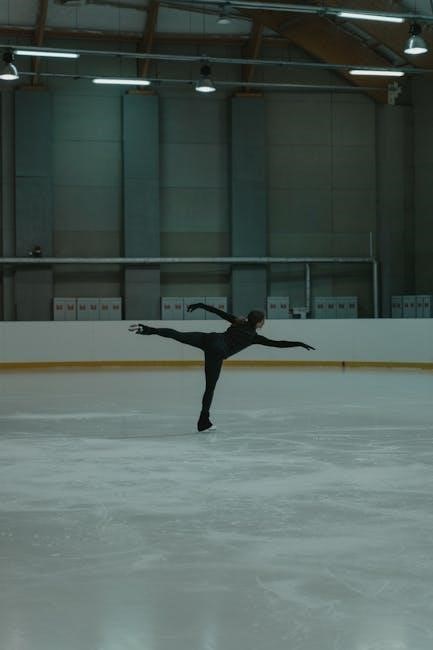
Scapular Stabilization and Strengthening Exercises
Scapular stabilization and strengthening exercises are crucial for restoring shoulder stability and preventing further injury. These exercises target the muscles around the shoulder blade, such as the trapezius, rhomboids, and serratus anterior. Common exercises include wall slides, bird dogs, and shoulder blade squeezes. Wall slides involve standing with your back against a wall and sliding your arms upward while maintaining contact with the surface, promoting scapular mobility. Bird dogs strengthen the core and scapular stabilizers by extending the arm and opposite leg. Shoulder blade squeezes involve pinching the shoulder blades together and holding for 5 seconds. These exercises improve posture, reduce strain on the labrum, and enhance overall shoulder function, aiding in the recovery from SLAP tears. Proper form and progression are essential to avoid aggravating the injury.
Rotator Cuff Strengthening Exercises
Strengthening the rotator cuff is essential for shoulder stability and function after a SLAP tear. Key exercises include arm circles, bicep curls with light resistance, and tricep dips. Arm circles involve holding arms straight out and making small circles forward and backward, improving mobility. Bicep curls with light weights focus on forearm and bicep strength without overloading the shoulder. Tricep dips on a stable surface enhance tricep and shoulder stability. Additionally, supraspinatus strengthening with resistance bands and side-lying shoulder external rotations target specific rotator cuff muscles. These exercises promote proper shoulder mechanics, reduce pain, and prevent re-injury. Progressing gradually and maintaining proper form are critical for effective rehabilitation and restoring shoulder function;
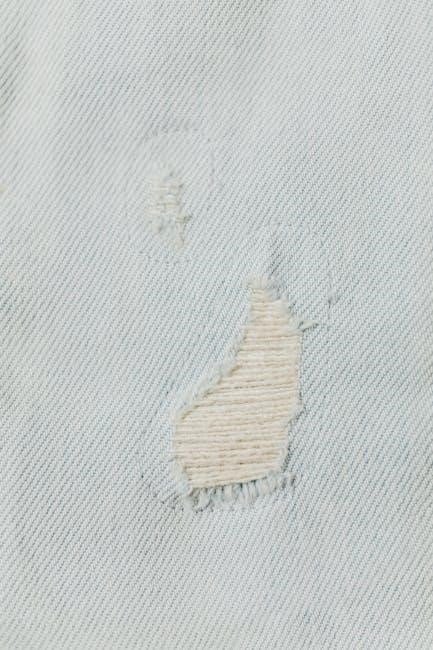
Additional Considerations for Recovery
Proper nutrition, adequate rest, and avoiding overexertion are crucial for optimal healing. A balanced diet rich in protein and antioxidants supports tissue repair, while sufficient sleep enhances recovery.
Precautions to Avoid Re-Injury
To prevent re-injury after a SLAP tear, avoid heavy lifting, overhead activities, and contact sports until fully healed. Use a brace if recommended and adhere to rehabilitation protocols. Avoid sudden jerks or repetitive motions that strain the shoulder. Ensure proper warm-up before exercises and gradually increase activity intensity. Avoid sleeping on the affected side to reduce stress on the labrum. Strictly follow post-operative guidelines, including avoiding heavy resistance exercises during early recovery. Prioritize passive range-of-motion exercises initially, such as pendulum swings, to avoid overloading the shoulder joint. Consulting your physical therapist or surgeon before resuming high-risk activities is crucial to prevent recurrence and ensure a safe return to normal function.
Nutrition and Lifestyle Factors in Recovery
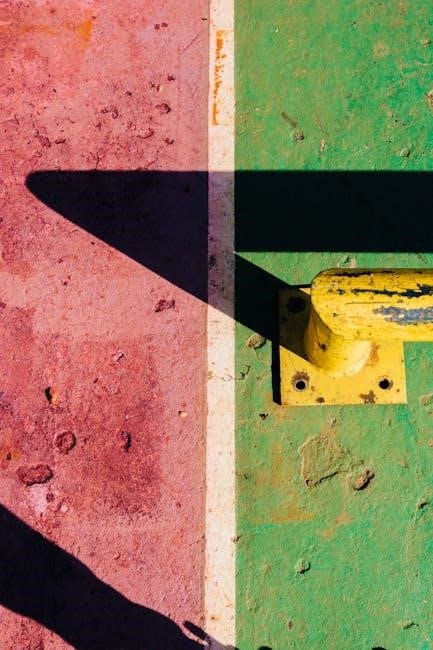
Proper nutrition and lifestyle adjustments play a critical role in recovering from a SLAP tear. A balanced diet rich in protein, vitamins, and minerals supports tissue repair and healing. Include lean meats, fish, eggs, and plant-based proteins to promote collagen synthesis. Antioxidants like berries, leafy greens, and nuts reduce inflammation. Hydration is essential for joint health and flexibility. Avoid smoking, as it impairs blood flow and delays healing. Maintain a healthy weight to reduce shoulder strain. Adequate rest and sleep are vital for recovery, with 7-9 hours of sleep recommended nightly. Manage stress through relaxation techniques like meditation to prevent muscle tension. These factors, combined with adherence to rehabilitation protocols, optimize recovery outcomes and support long-term shoulder health.

